Despite its lingering stigma, cannabis has helped countless people throughout the centuries gain spiritual, mental, and physical clarity. And although the plant is known for helping PTSD and pain, both of which are prominent among active military members and veterans alike, these men and women still largely do not have access to legal cannabis.
This is one of the many reasons that federally legal cannabis is so necessary: without federal approval, the U.S. military doesn’t stand a chance of changing their stance on the plant.
And even with that impending approval on the horizon, there is no guarantee at all that the military will adopt new, more inclusive and compassionate standards surrounding cannabis – despite the fact that it’s helped so many veterans overcome their issues.
However, that hasn’t stopped the community from advocating for one another, and becoming increasingly outspoken about the issues they face, and the relief that cannabis has been able to provide.
The Vietnam War: An American Atrocity

U.S. military veteran George Sollender was drafted into the controversial Vietnam War in the early ’70s, although he had no aspirations at all to become a soldier.
“I graduated high school in 1969. All I thought about was surfing and girls,” Sollender told The Bluntness. “Back then, they had the draft lottery. They drew my name right when I was reading about the Manson murders in the papers. I was number twelve on the lottery list.”
Sollender was drafted in February 1970, despite his strong distaste for the war and everything it represented. He didn’t have any other option but to show up.
“I would love to say I was a proud patriot of my country, but no. I was drafted into this crap. We all knew we were in the wrong, and when I came back, I could hardly talk to anyone about it. What, was I going to brag about burning villages down and killing innocent people?” Sollender said.
“I came back and grew my hair long, giving my opinions about the war to anyone who would listen. I was known as being unpatriotic for that. I tried to explain the devastation we did. It changed the way I thought about everything from then on – I just wanted to escape to the mountains.”
It was in Vietnam where Sollender and some of his fellow soldiers were first introduced to cannabis. While they were all constantly on edge and terrified for their lives, smoking the herb was the only thing that could bring them a semblance of relief.
“When they first got me in the jungle, I didn’t know what to expect. I was in a bunker and they told us the enemy was pushing towards us. I was scared as shit – I had no idea what to do,” Sollender said.
“These guys had this pipe and said here, take a hit. I said, ‘Are you kidding me?’ I was too freaked out, so I kind of faked my hits. But I realized after about a year, weed was the only thing that could calm down that anxiety.”
Despite the military’s (and the VA’s) zero-tolerance policy for cannabis, combat veterans like Sollender have been utilizing the plant in the shadows for decades for similar reasons: to soothe anxiety, instill some sense of confidence, and bring a small amount of comfort to a terrifying, harrowing experience.
As we mentioned earlier, military veterans are incredibly likely to develop PTSD – a cluster of symptoms where cannabis can be quite soothing – but this is something that lacks awareness to this day, and was basically unheard of in Sollender’s time in the military.
“I know [PTSD] has been in me for a long time. I’ve always been on edge, but I never even knew what PTSD was. I didn’t realize a lot of these things until I started going to counseling back in the ’80s,” Sollender said.
He was appointed to counseling through the VA, and once his counselor realized he was a combat veteran from Vietnam, he put Sollender in a group with other veterans who had gone through similarly traumatic experiences.
“Around then, they began to realize what was happening to us – the PTSD. Failed relationships, scattered thinking, wanting to escape, nightmares. All my life, it’s never gone away. I could put it aside, but it was like a floodgate when all of it started coming out,” Sollender said.
“Cannabis helped me when I got home. When you’re 19 years old and just a peace and love surfer guy, an experience like that really messes you up.”
The U.S. Military’s Lack of Compassion Drives Soldiers to Look Out For One Another
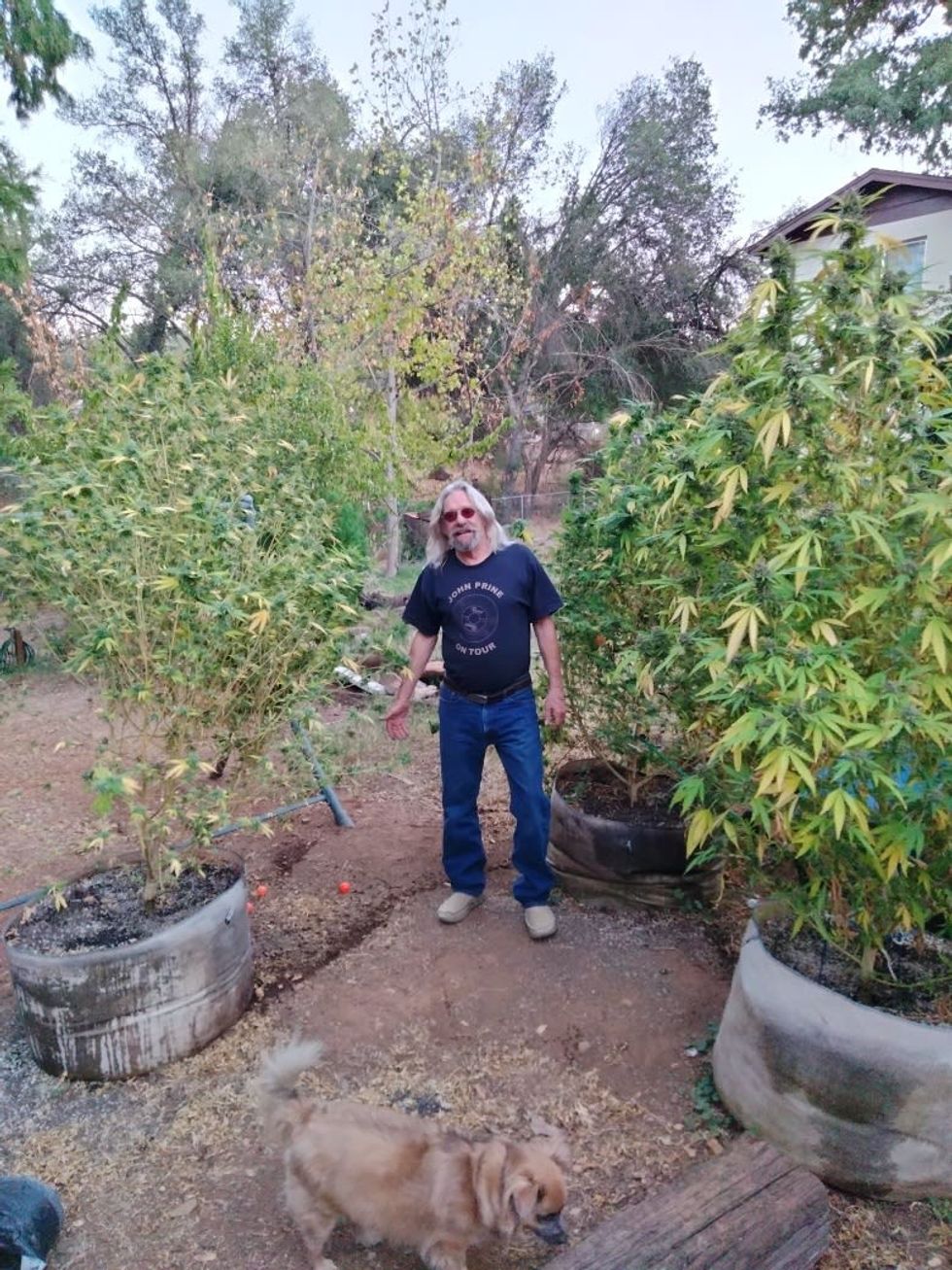
Sollender recalls when he and his fellow soldiers returned home: to disdain from the country, which only deepened when they grew out their hair, spoke out against the war, and kept smoking that grass.
This was the beginning of the persisting stigma against Vietnam veterans: a war that claimed the lives of over 58,000 American military members and wounded over 150,000. These veterans came back to be cast aside, labeled as crazy or incompetent, and forgotten.
“The way they portrayed us as dopers – that wasn’t even it, man,” Sollender said.
Although many veterans, both from Vietnam and otherwise, suffer from a number of ailments that cannabis could easily soothe, the U.S. military remains unflinching in their zero-tolerance policy.
However, after meeting other veterans through counseling and realizing the different issues they were suffering from (like cancer, PTSD, anxiety, depression, or chronic pain), Sollender came up with the idea to start giving away some of the plants he grows to veterans in need.
“I started growing back in 1976, when I moved to Northern California. Back then, people would buy small portions here and there, but I’ve never been much of a seller. I just don’t think that way,” Sollender said.
“I go to the mountains and buy clones every year of different strains, and then give away what I can to some veteran friends. It makes me feel better to help them than it probably does for them to receive it.”
Sollender’s cannabis helps veterans get through painful cancer treatments, ease PTSD, and soothe pain that has persisted for decades.
“I’m wound tight to this day. It calms me down. I usually wake up pretty early, and I’ll have coffee and go outside and take a bong hit or two. Otherwise, I sit there and worry about things that aren’t going to happen,” Sollender said.
Veterans’ Lack of Access to Cannabis is a Dangerous Game
Even though cannabis is fully legal in California, it’s still a struggle for veterans to gain proper access to the plant.
One of Sollender’s friends, who all wish to remain anonymous, worries that his insurance might throw him off if they find THC in his system. Instead, veterans are prescribed opioids, which are highly addictive and often fatal for this suffering community.
“Pain pills have been a huge problem for a lot of vets I know. Then, the VA knocks them off and makes them go cold turkey. They still won’t give them THC for the pain, so lots of people have to find a way to get around it,” Sollender said.
Although the cannabis stigma seems to be waning throughout the country and world, it persists in the military community, which is incredibly harmful for people who are in serious need.
Until justice is offered to veterans and active military members alike in the form of legal cannabis, people like Sollender will continue standing up for each other in the small ways.
“I’m just trying to make up for all the destruction we did,” Sollender said. “I just want to help people, and bring some good to the world any way I can.”
Need a little more Bluntness in your life? Sign Up for our newsletter to stay in the loop.
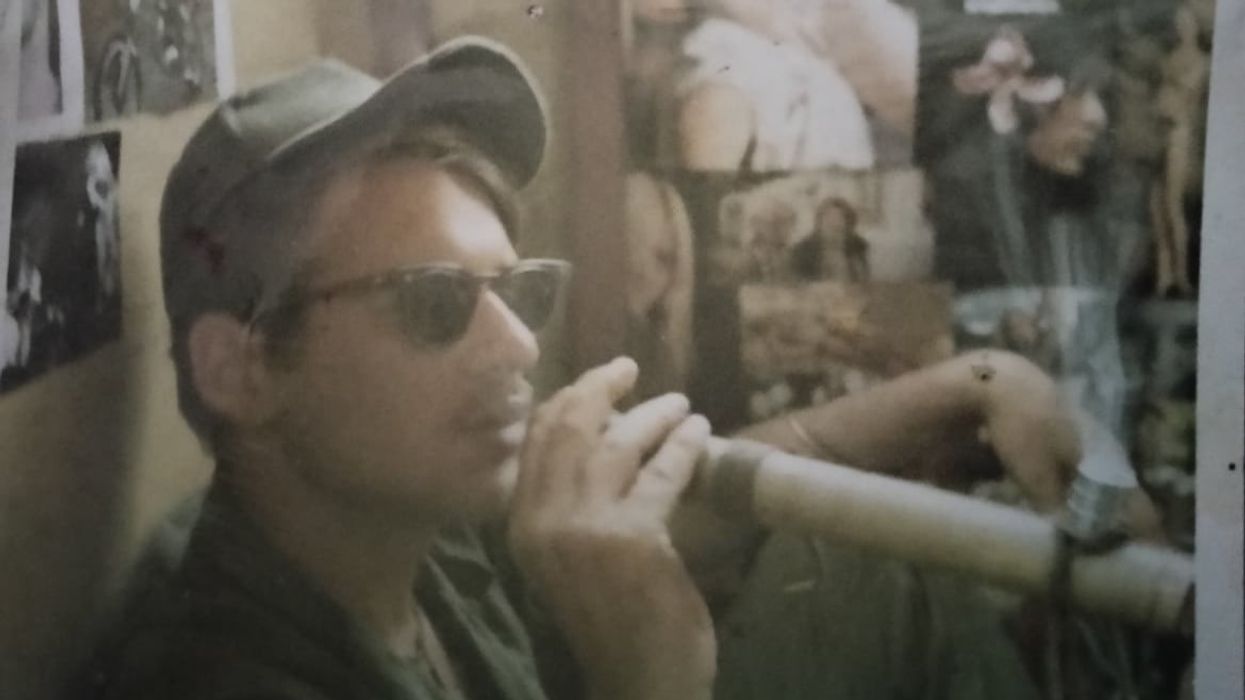

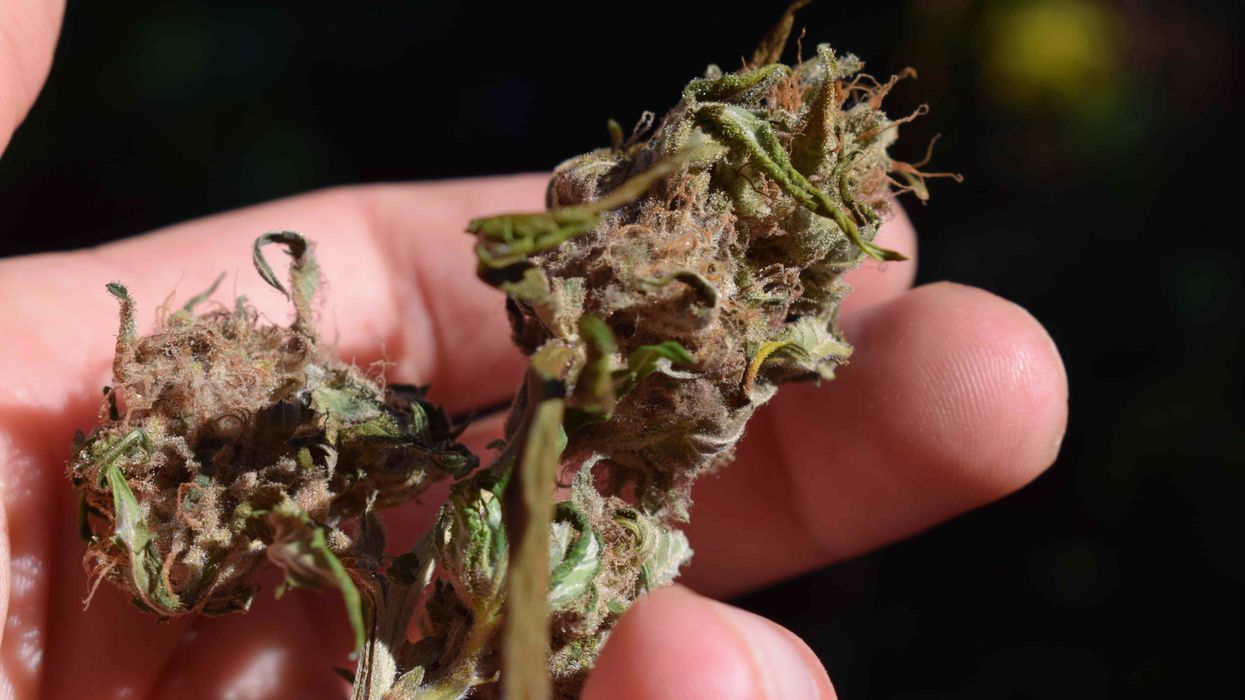
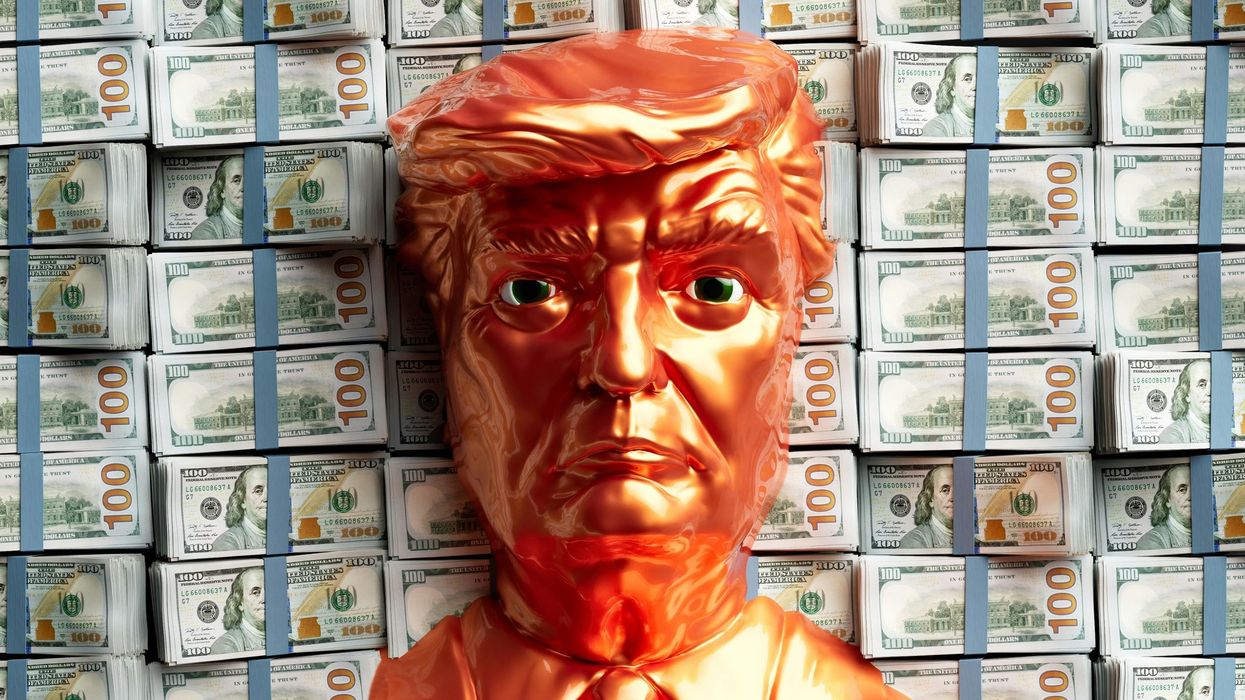
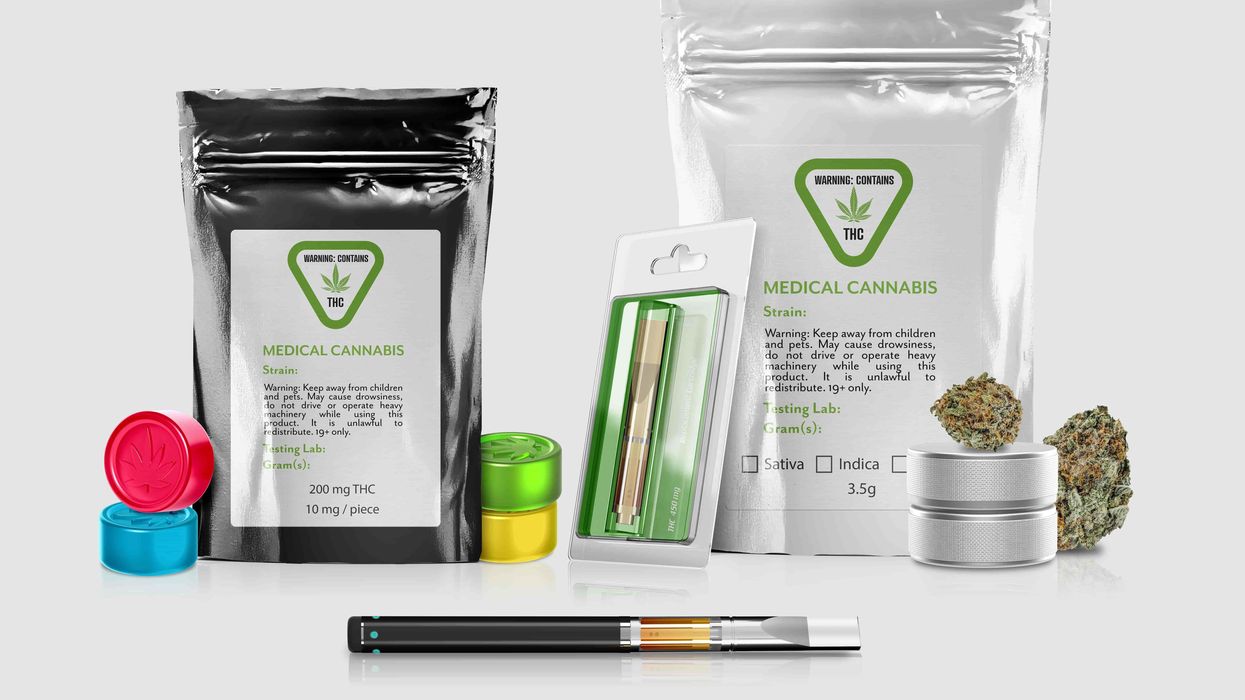

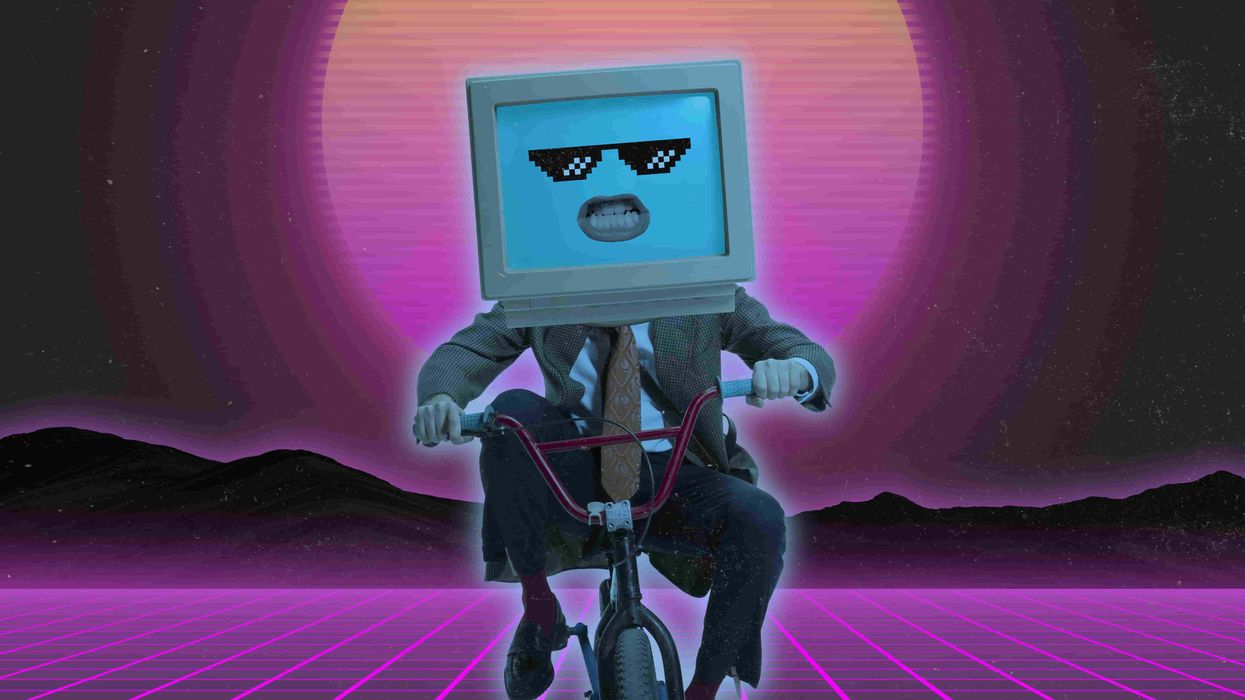

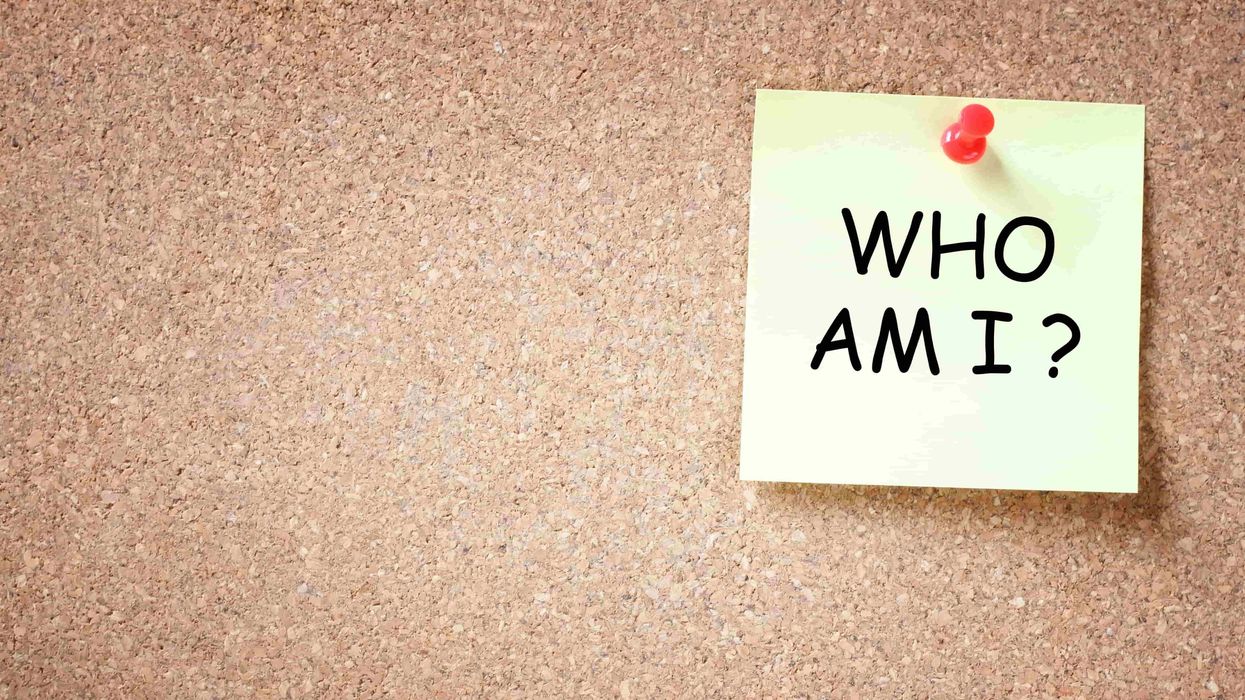
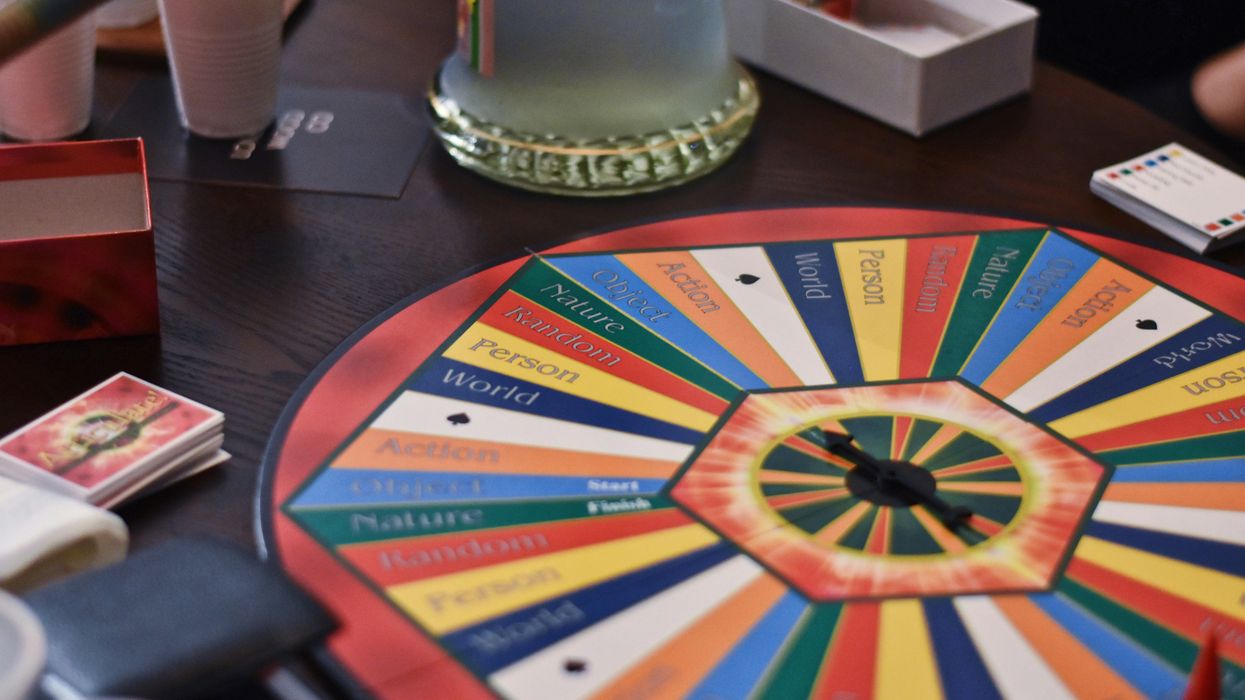
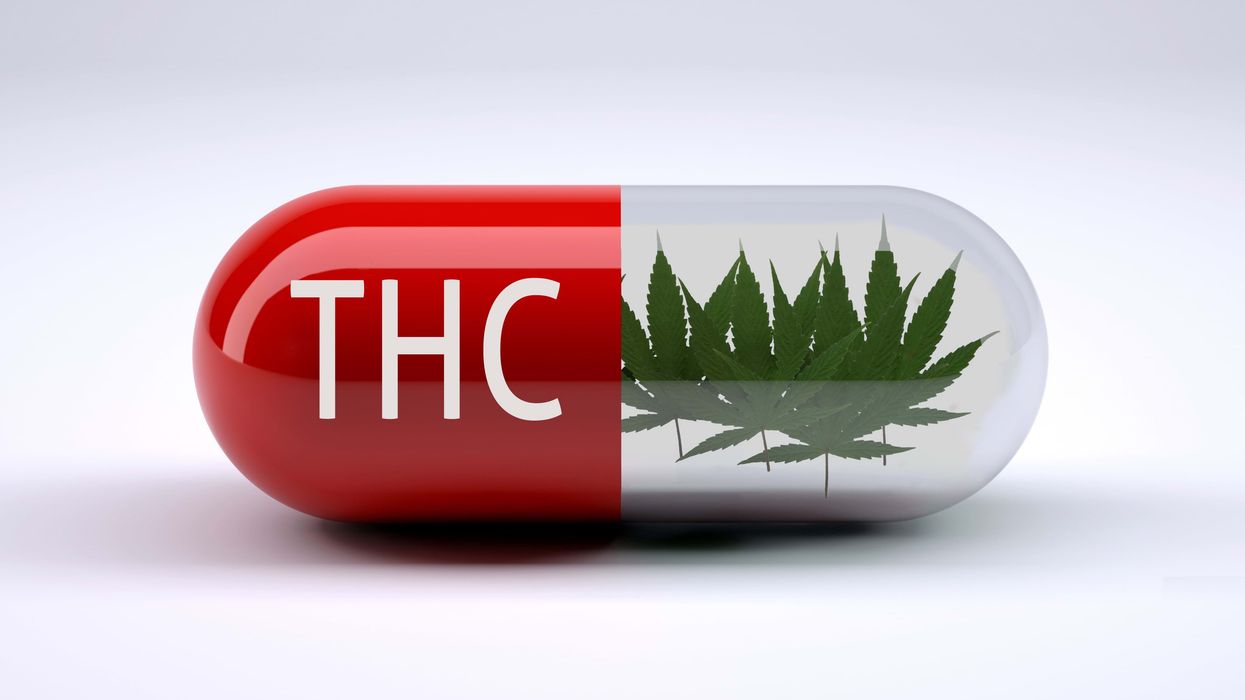
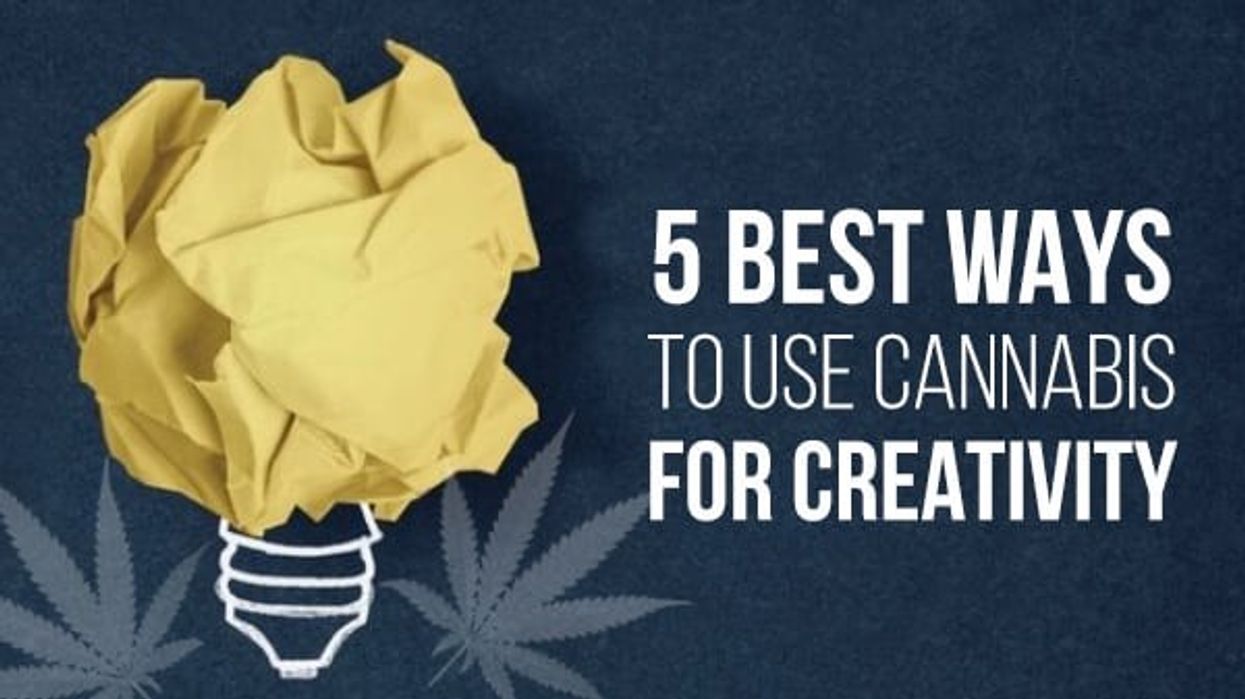
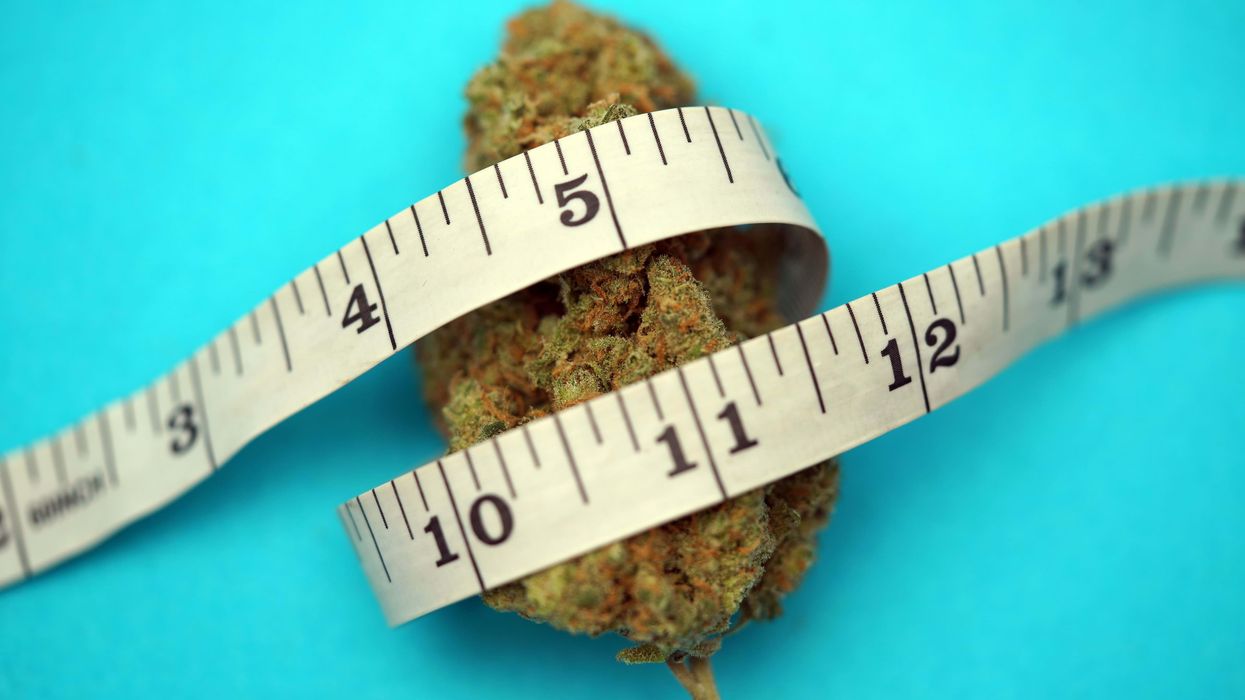
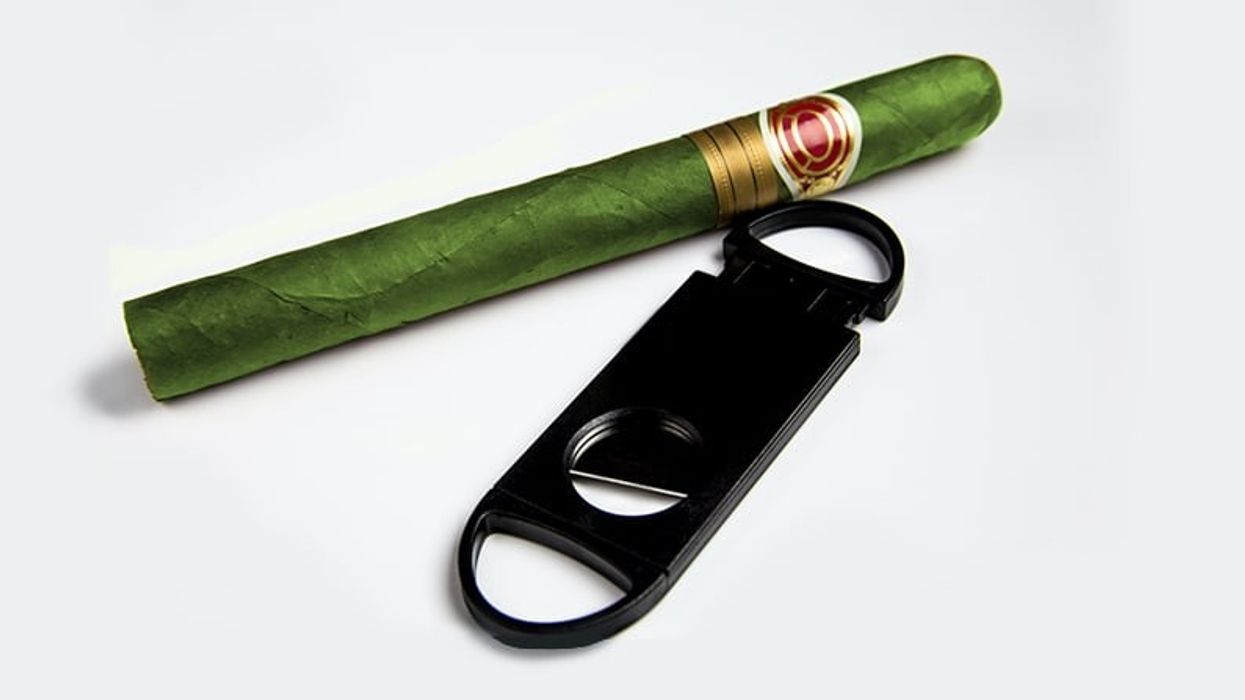
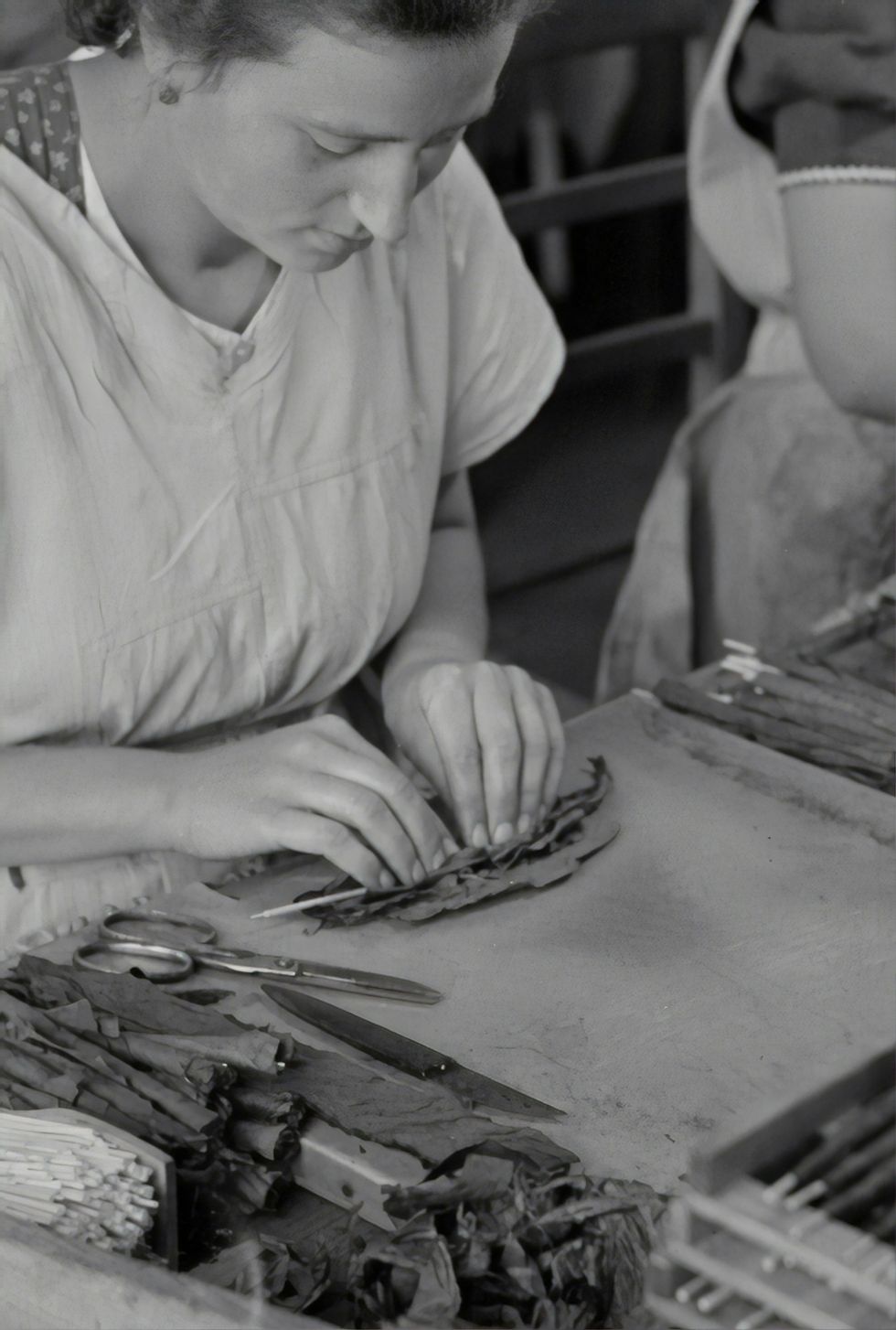 How to Make a Cannagar Without a Mold: A Comprehensive Guide - The Bluntness
Photo by
How to Make a Cannagar Without a Mold: A Comprehensive Guide - The Bluntness
Photo by 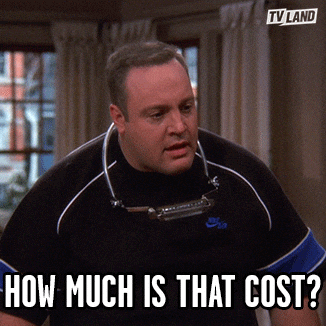
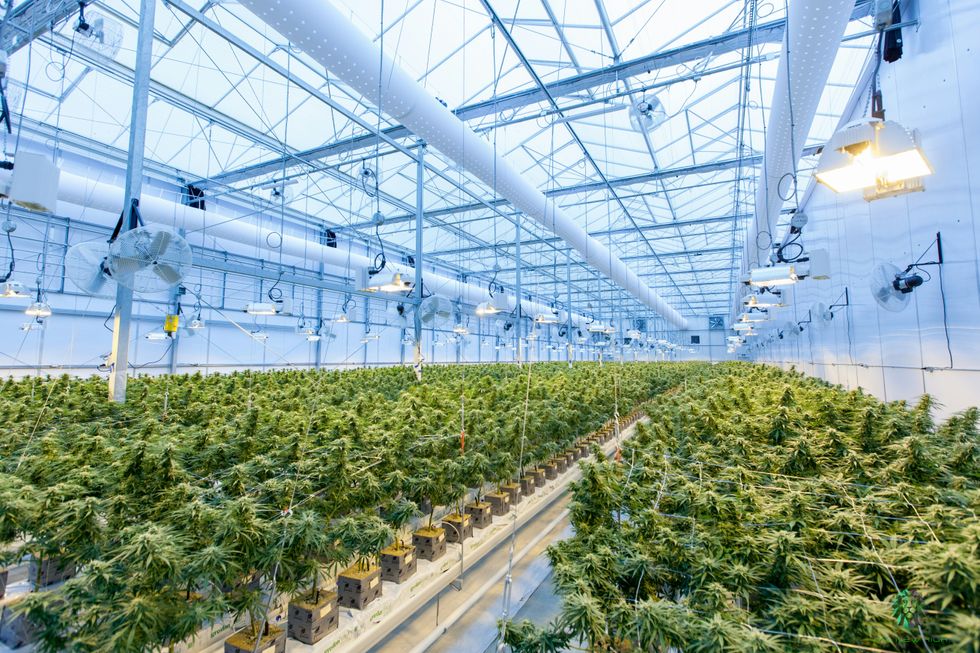 When it comes to pricing, cultivation methods matter - The Bluntness
Photo by
When it comes to pricing, cultivation methods matter - The Bluntness
Photo by 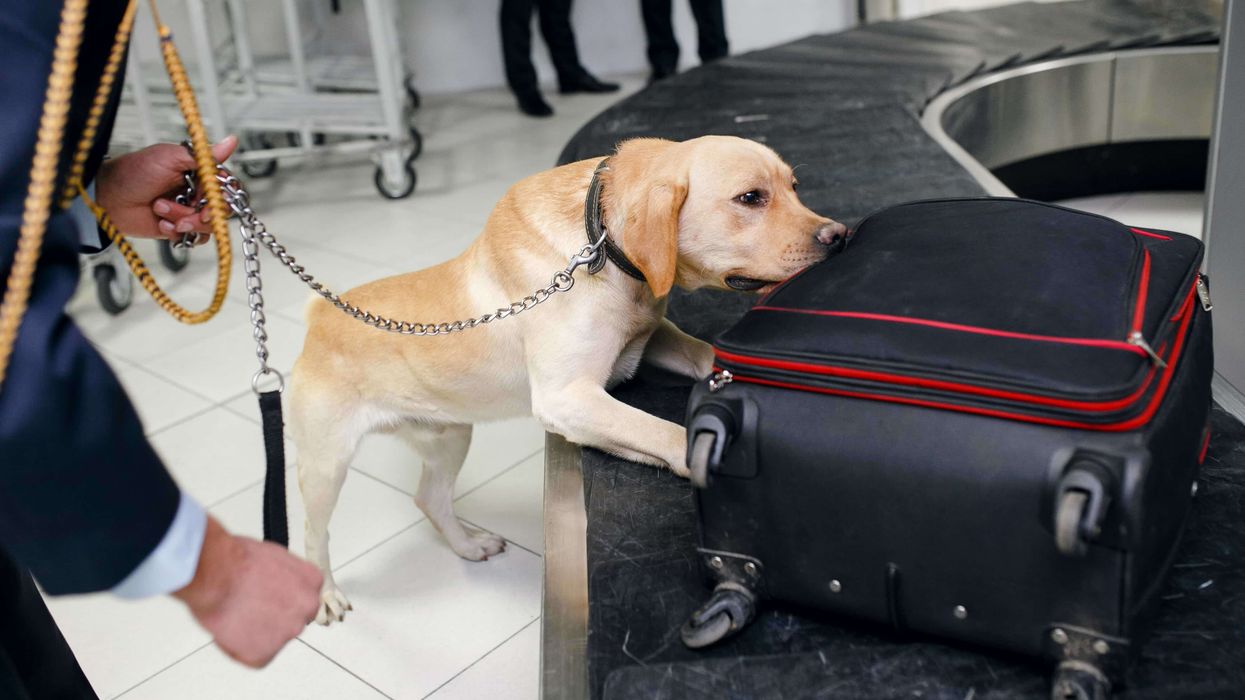
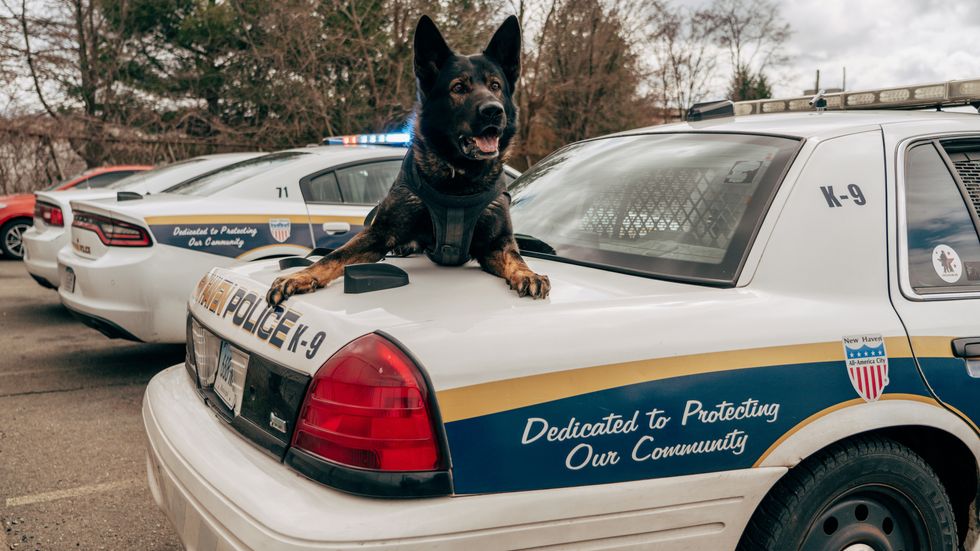 Can Drug Dogs Smell Edibles? - The Bluntness
Photo by
Can Drug Dogs Smell Edibles? - The Bluntness
Photo by 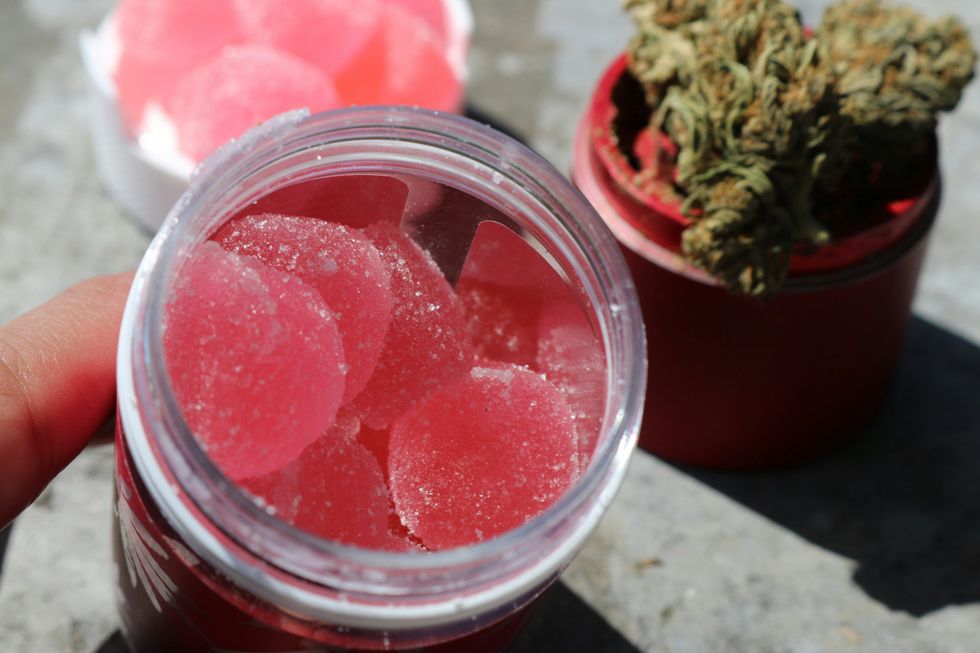 Can Drug Dogs Smell Edibles? - The Bluntness
Photo by
Can Drug Dogs Smell Edibles? - The Bluntness
Photo by 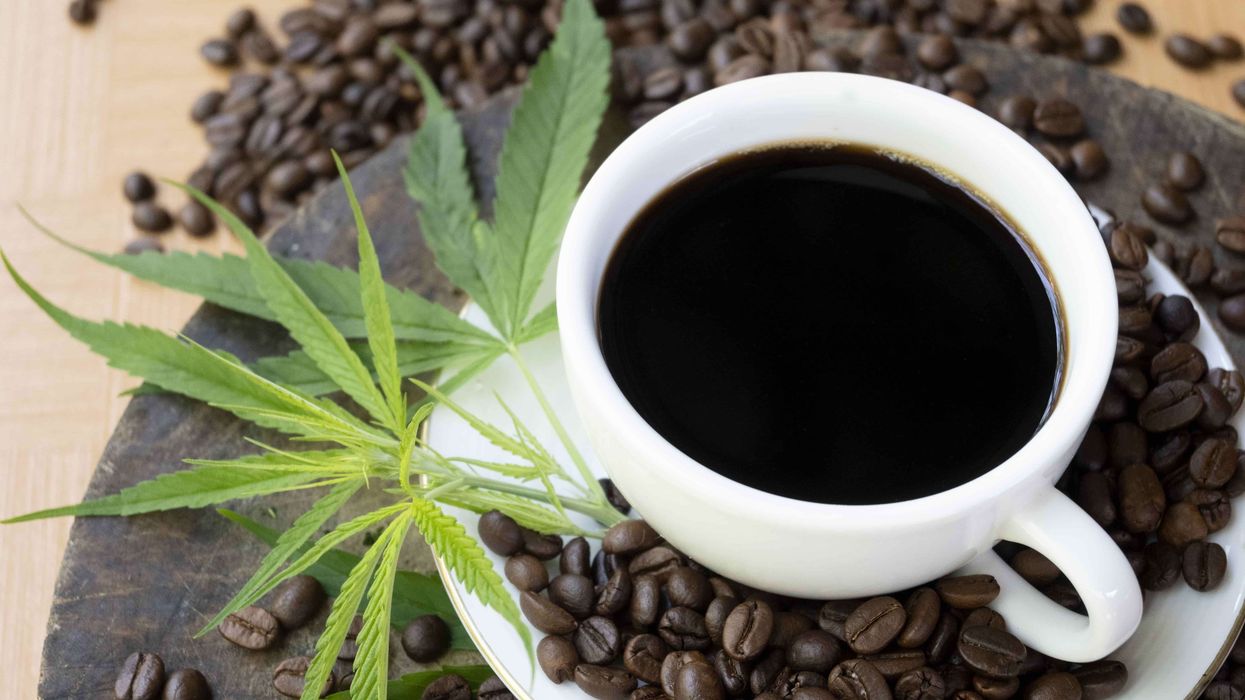
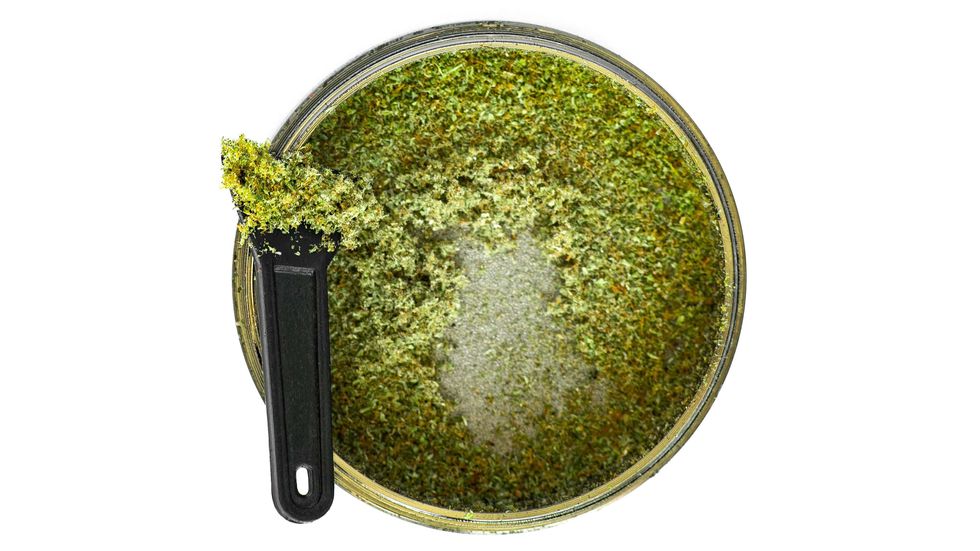 What will you do with that cannabis kief collection? - Make Coffee! The Bluntness
What will you do with that cannabis kief collection? - Make Coffee! The Bluntness
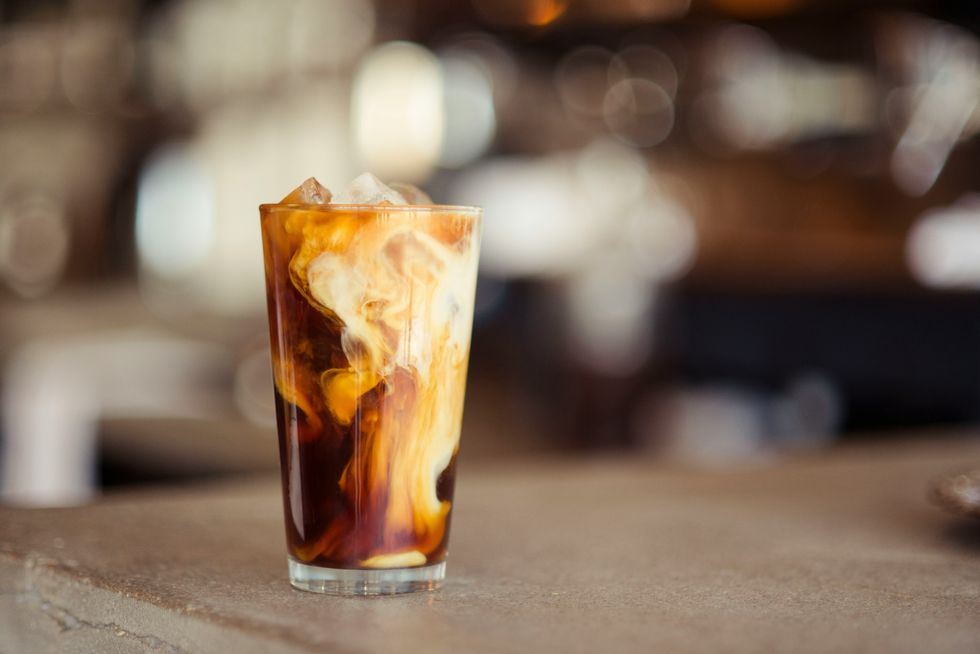 DIY: How to Make Kief Coffee - The Bluntness
Photo by
DIY: How to Make Kief Coffee - The Bluntness
Photo by